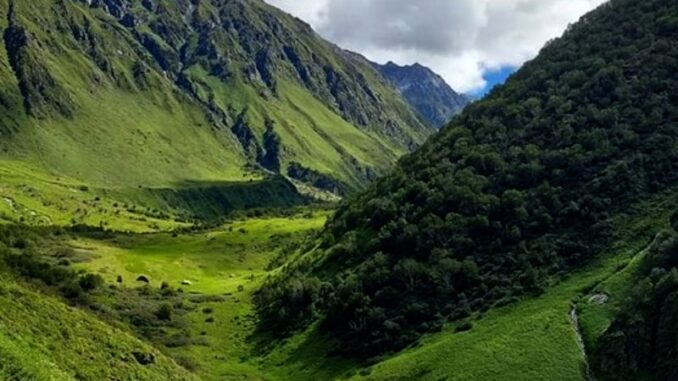
Several years ago, in a more active and fit avatar, I had trekked to the Valley of Flowers in Uttarakhand. The route from Gobindghat to Ghangaria, the base for Hemkunt Sahib and VOF was full of people and I wondered how many of them were headed for VOF. Most were Sikh pilgrims undertaking the pilgrimage to Hemkunt Sahib, the highest Gurudwara at a height over 15,000 feet, where the tenth guru, Guru Gobind Singh, is believed to have meditated.
To my relief, not many of those on the trail, went towards VOF. The day that I visited, there were all of 6-8 persons and a couple of young guides, who hailed from the area, and had more than a basic knowledge of the flowers of the valley. It was heartening to see these young lads who were interested in the flora of the area, use this knowledge to earn their living.
The Valley of Flowers was an almost indescribable experience that just blew my mind, and to date it remains fresh and vivid.
The flowers were small, unassuming and hugging the ground. In a nook here and in a crevice there, were these bursts of colour. Hundreds of these little heads, were clinging together as though trying to find safety in numbers, from the harsh climate and the lashing rain.
There were asters, primulas, monkshoods, marsh marigolds, anemones and buttercups. One felt so blessed to be there. It was a spiritual experience and one felt like an interloper, a trespasser at a place where only gods should reside.
That evening, back in Ghangaria, I asked one of my fellow travellers about her experience. She said she was disappointed because she had expected large blooms and more vibrant colours. Perhaps she had a manicured garden in Delhi on her mind. I was taken aback by her response, but then each to their own!
Years later, I moved to a small village in Kumaon in the month of June and was immersed in creating my garden. I wanted flowers and trees aplenty. I wanted local trees, local flowers. Though I did succumb to the greed of having cultivars. Over the years that followed, the garden came to life on its own, developing its own character. I wished so hard to provide a home for wild flowers, which come and go according to the season as is their wont. It happened, albeit slowly. One needs an eye to notice these small wild flowers and to provide a safe haven for them. To make sure they are not uprooted, mistaking them for weeds.
Come spring, after a harsh winter when every blade, every insect goes to sleep, one can hear and see renewed life return slowly. The small leaves emerge, and you can hear the hum of insects, and the call of birds. Slowly but surely, the flowers raise their heads cautiously, one by one…and sometimes in celebration, together.
The earliest ones are the high Mallow, Himalayan yellow flax in March and early April. A little later, one can spy the black eyed geranium and the buttercups(Ranunculus). April brings forth Daisy fleabane, Valerium and Hypericum (St John’s Wort). Himalayan musk rose is hard pressed to compete with all the other cultivated roses. The fragrance of the hundreds and thousands of flowers enveloping the tops of trees can bring any showy colourful cultivars to shame. How could I miss the entire meadows full of dandelions and morning primroses.The list is never ending.
These little flowers are unassuming, modest and happy in themselves, just to be. Perhaps they are grateful to be able to bloom and find their place in the sun. Who knows, in a few years they may have to find some obscure space or they may just disappear in the face of rampant, mindless construction and the ruthless erosion of their natural habitat. Perhaps there will not be many amongst us left to mourn their deaths.

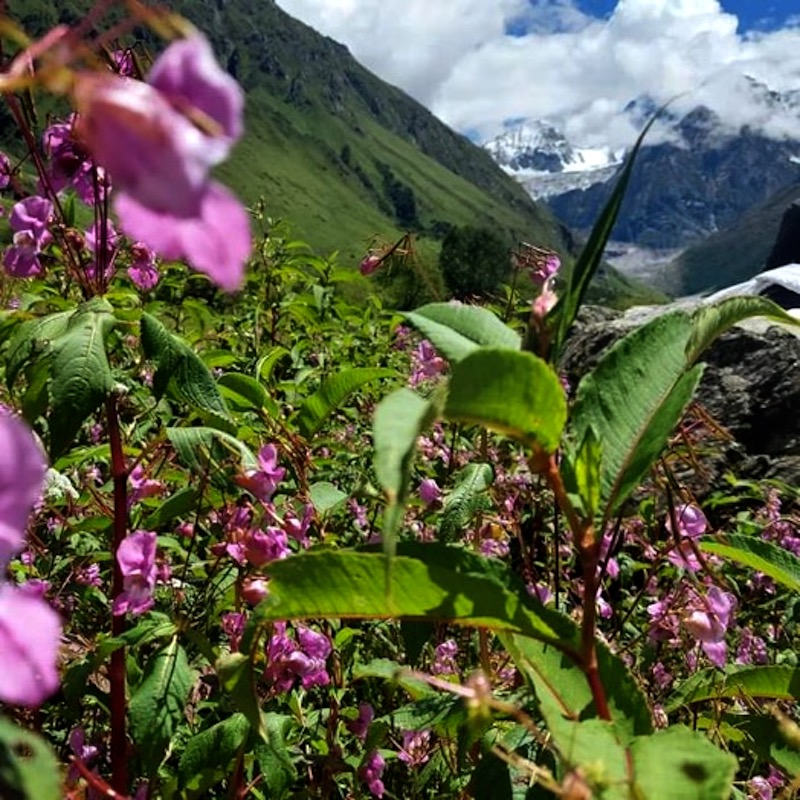
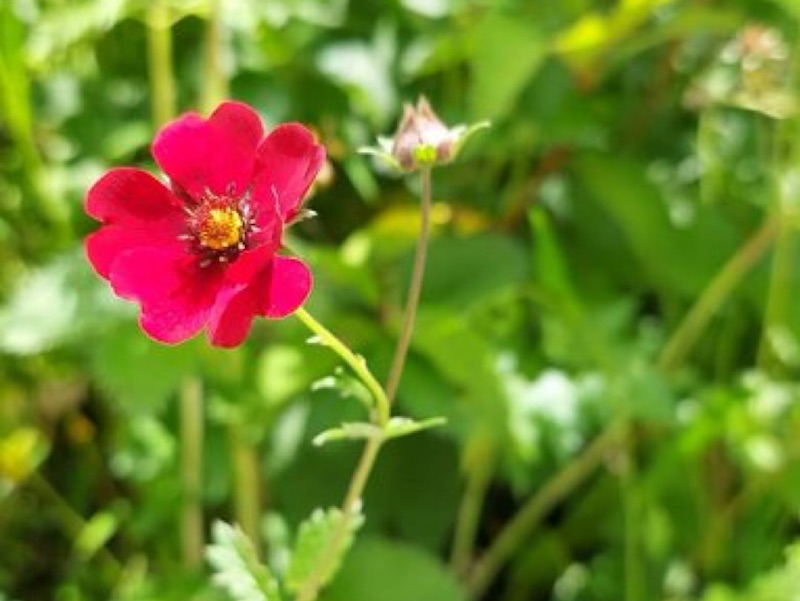
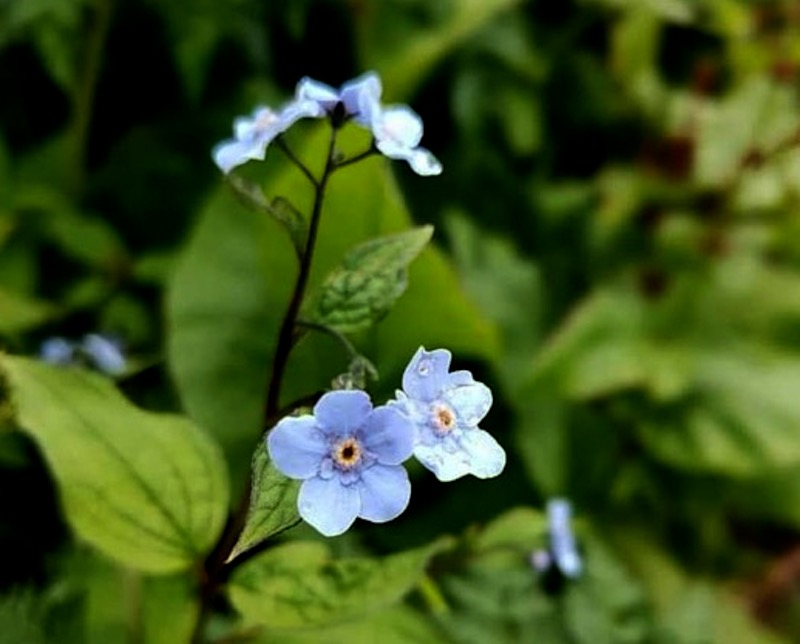
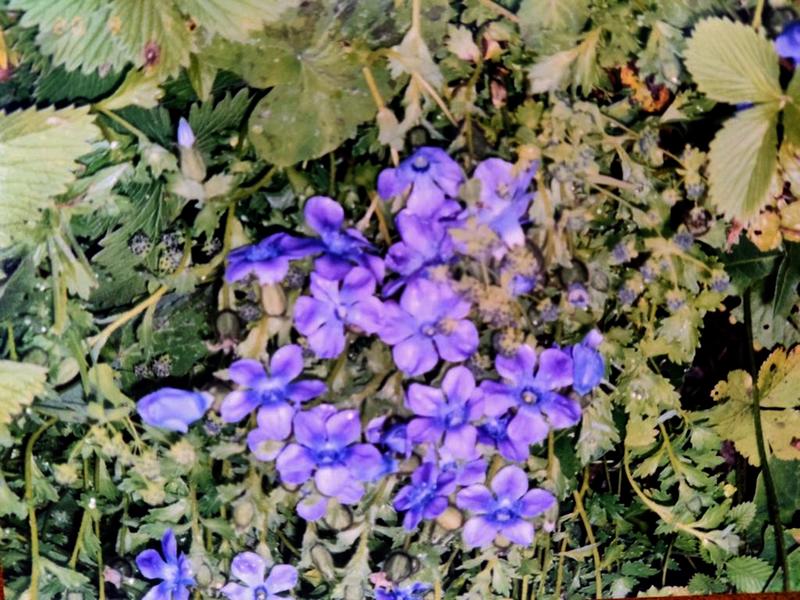
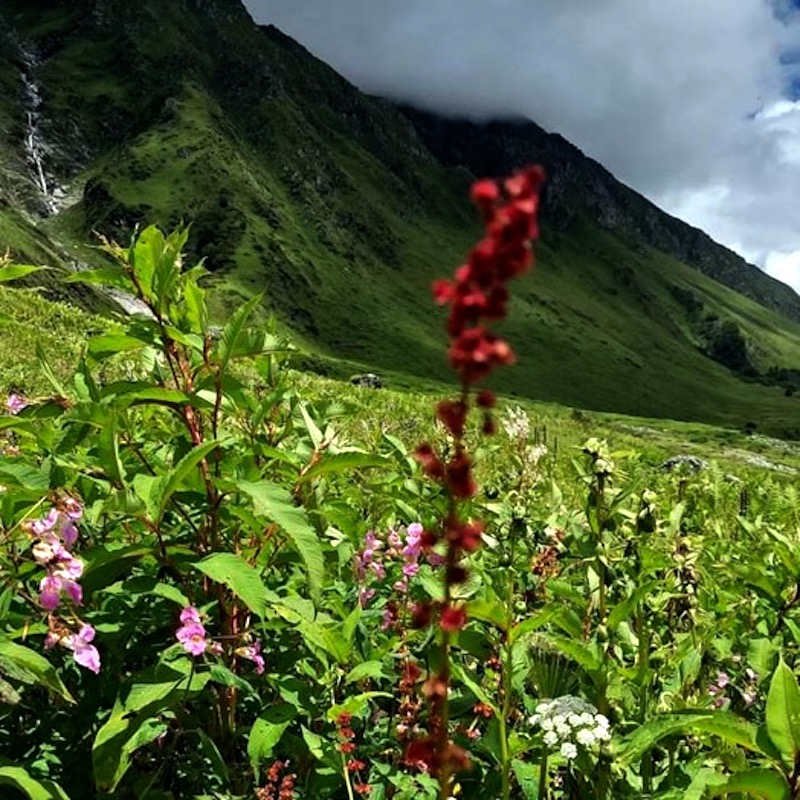
Leave a Reply